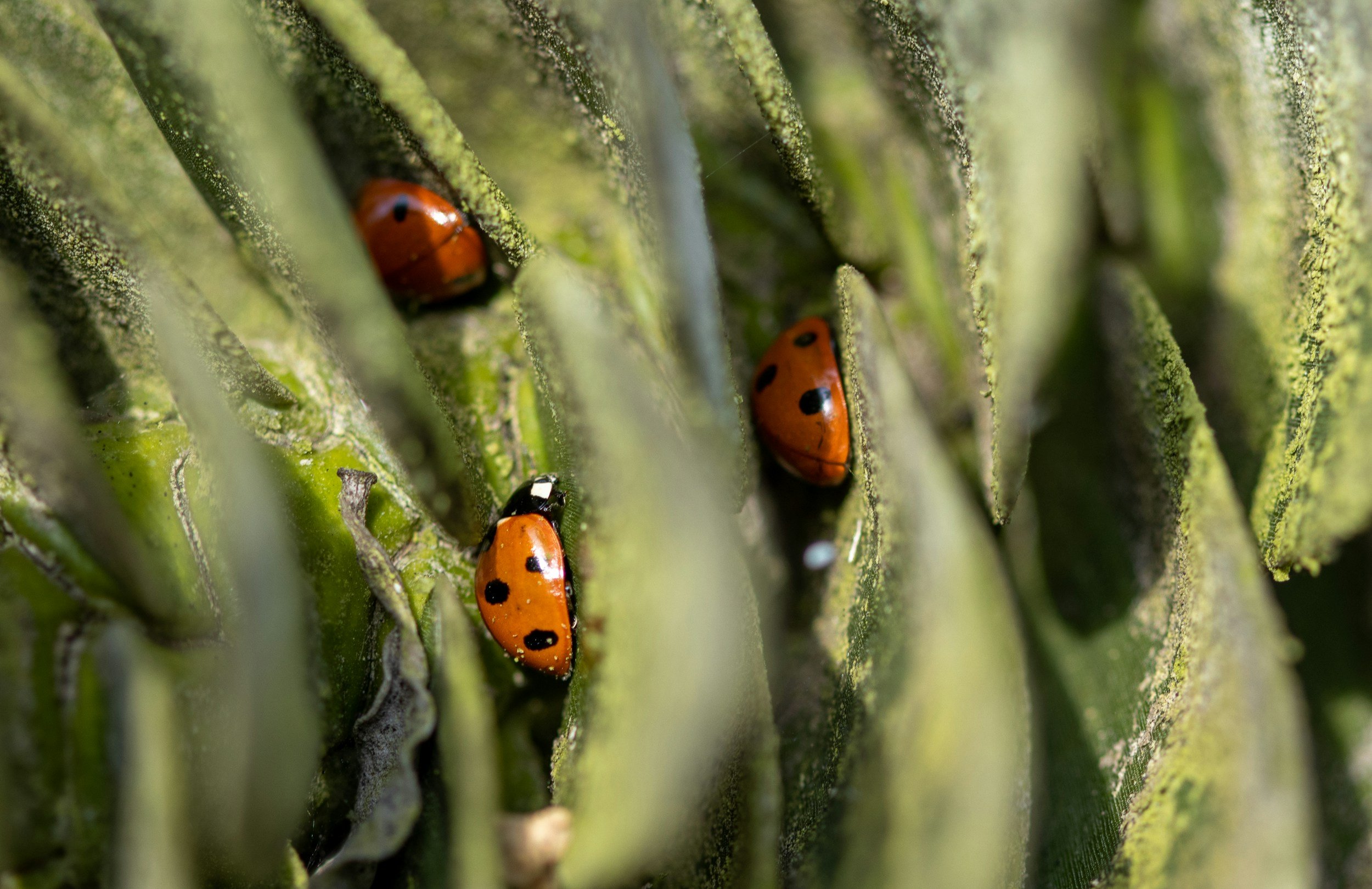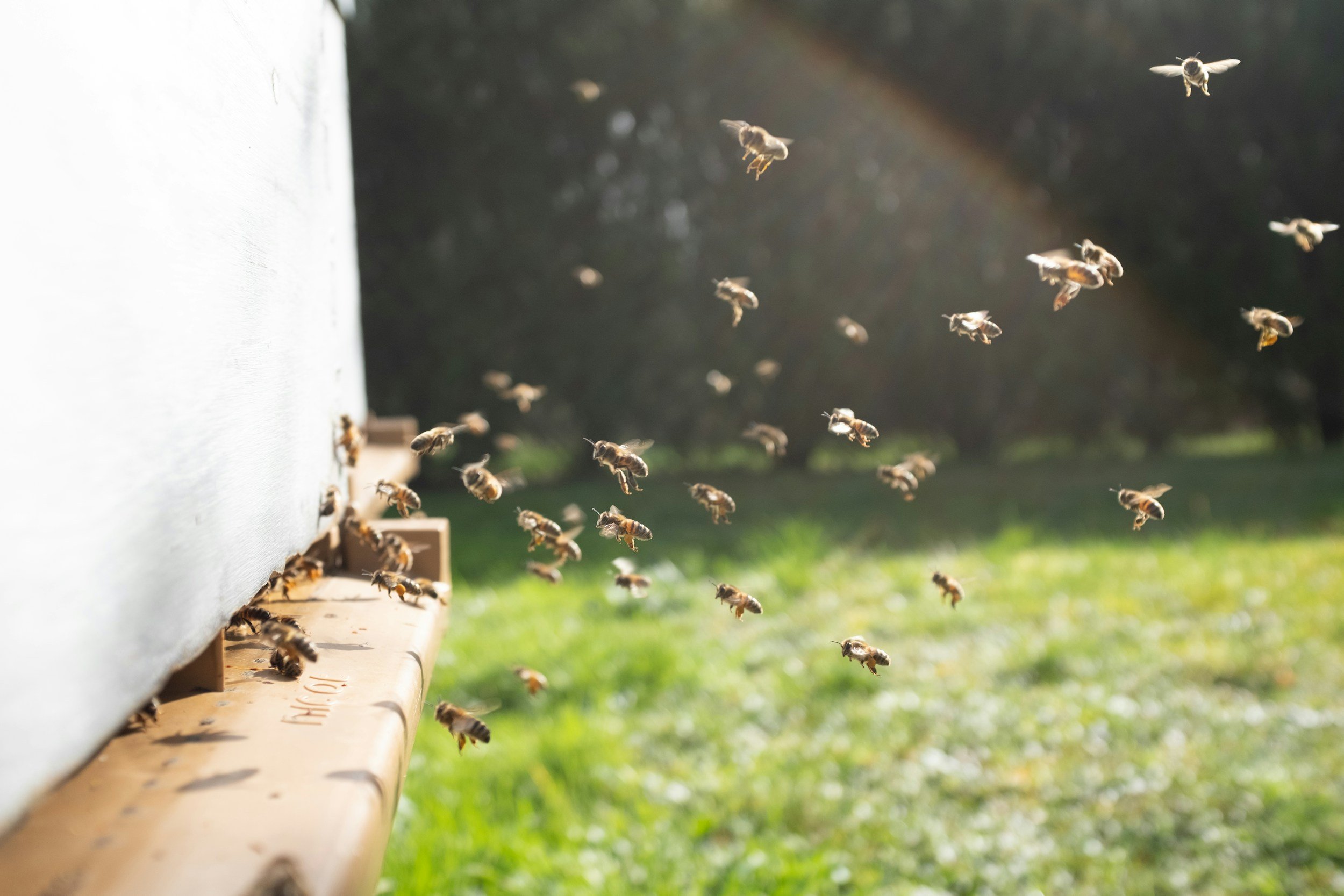
When Japanese beetles are a pain, call crane.
Extermination & Control
Crane Pest Solutions’ Approach
Crane offers targeted treatments to eliminate both adult beetles and their larvae. For adults, insecticides or traps can be applied to plants and gardens. For grubs, soil treatments are effective in controlling populations before they cause lawn damage. Regular lawn inspections for grubs and plant care are recommended, especially in early summer, to prevent infestations from growing.
Bug Identification
Common Name: Japanese Beetles
Scientific Name: Popillia japonica
Seasonal Behavior
Most Active: Late June through August.
Behavior: Japanese beetles are highly destructive during the summer months, feeding on a wide variety of plants and trees. They are known for their skeletonizing feeding habits, leaving leaves with a lacy appearance. They are most active during sunny, warm days.
Minnesota-Specific Climate Impact
Impact of Weather: Minnesota’s hot, humid summers provide ideal conditions for Japanese beetles to thrive. However, the cold winters help slow down their population growth. During late summer, their larvae, known as grubs, may cause damage to lawns by feeding on grass roots.
Habitat & Entry Points
Habitat: Japanese beetles feed on over 300 types of plants, including roses, fruit trees, and garden crops. They lay their eggs in lawns and grassy areas where their larvae (grubs) hatch.
Entry Points: While they don’t typically invade homes, they can be a nuisance in gardens, lawns, and outdoor spaces.
Damage & Risks
Damage: Japanese beetles can cause severe damage to gardens and landscaping by feeding on the foliage of plants, leaving behind skeletonized leaves. Their larvae, grubs, can damage lawns by feeding on grass roots, leading to brown patches.
Signs of Infestation: Skeletonized leaves, brown patches in lawns, and clusters of beetles feeding on plants.
Prevention Tips
Preventive Measures: Use beetle traps sparingly (as they can attract more beetles), regularly inspect plants for beetles and grubs, and maintain a healthy lawn to prevent grub damage. Consider planting species that are less attractive to Japanese beetles.
FACT
Japanese beetles were first introduced to the U.S. in 1916 and have since spread rapidly due to their lack of natural predators.
myth
Traps are not always the best solution—while they catch many beetles, they can also attract more beetles to your yard, worsening the problem.

Contact Us
Crane Pest Solutions is a small locally owned pest control company serving Commercial and Residential properties in SE MN. Where we want to help give you peace of mind through education and services. We have over a decade of experience serving the SE MN area and the issues specific to our area.
